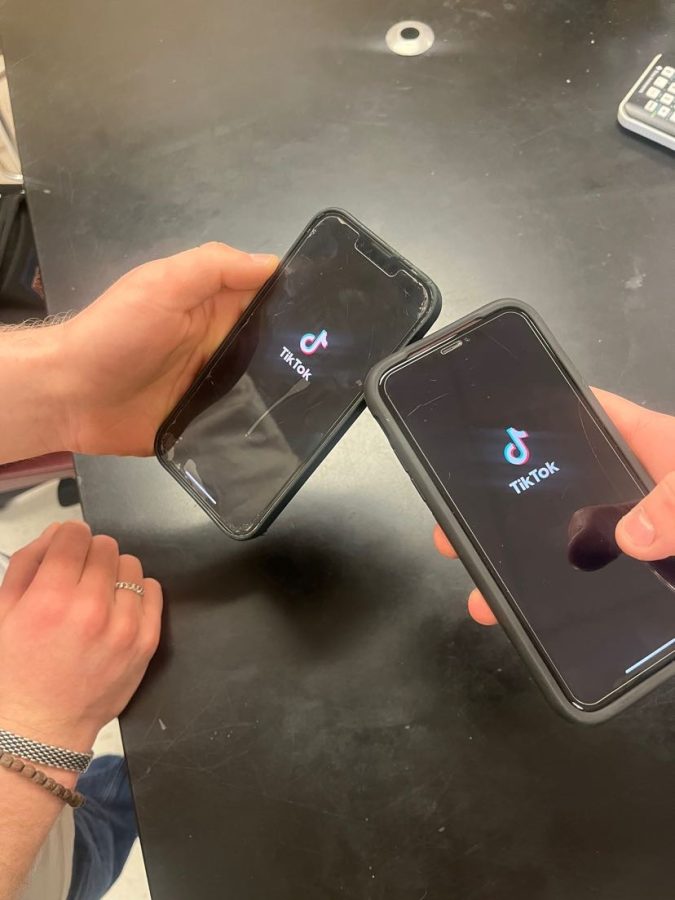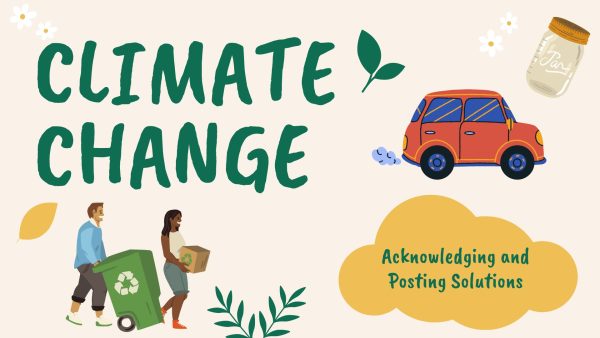The TikTok Trap: How the Popular App is Harming Teenagers’ Mental Health
In recent years, TikTok has dominated through its social media presence, particularly among teenagers. With its user-friendly interface, an endless stream of short videos, and addictive engineered algorithms, it’s no surprise that TikTok has become one of the most popular social media platforms among the youth.
However, despite its widespread popularity, I have a growing concern about the negative effects of TikTok on teenagers. From dramatically increasing screen times to cyberbullying and body shaming, TikTok has become a community full of negative behavior, leaving many parents and counselors scared about the long-term effects this may have on the youth.
TikTok’s addictive algorithm, displaying an endless amount of short clips, rushes the dopamine of its users. This raises my worry about how this may affect the academic ability and achievement of our youth.
If children as young as the age of twelve are growing up watching TikTok, how will their hindered attention span affect their education? Will they be at a disadvantage in a school setting, where they have to give their full attention for hours during the day?
According to Social Shepard, a case study research lab, the average child opens TikTok 19 times per day, averaging an alarming amount of 75 minutes per day (87 minutes in the US).
It is sickening that children and teenagers are throwing away this much time watching TikTok, and spending too much time on social media platforms can lead to social isolation; users become more focused on virtual interactions rather than building meaningful relationships in real life.
A study conducted by the Elsevier Public Health Emergency Collection found that over 80% of their subjects (who were exposed to TikTok) reported high levels of mental illness and instability.
TikTok has also been criticized for promoting unrealistic beauty standards and body image ideals, which can negatively impact the self-esteem and body image of teenagers who already may be vulnerable to these issues. There is a risk of cyberbullying, as users can easily leave hurtful comments which can lead to feelings of anxiety, shame, and even depression.
For the well-being of our youth, it is certain that it would be beneficial to remove this platform altogether. Countries such as India, one of the leading countries in terms of viewers (190 million) in the past, have banned the app in their country, and the United States is currently debating a ban.
The mental health of our youth is at stake, and I believe we must take action to protect them from the damaging effects of TikTok.
Some may argue, such as government officials, that TikTok should be here to stay. TikTok has become a powerful tool for advertising and marketing as well as a platform for political campaigns. They may be hesitant to ban the app as some may say it goes against first amendment rights concerning freedom of expression. However, is all of this worth the mental stress it is causing within our youth? How many teenagers need to be affected for someone to finally stop actions and create change?
According to the Substance Abuse and Mental Health Services Administration, between 2014 and 2019, the rate of teenage depression nearly doubled. Also, in 2019, one in four girls in the U.S. experienced clinical depression, with continually increasing rates in 2023.
While TikTok may seem like harmless fun, its negative effects on the mental health and well-being of our youth cannot be ignored. It’s time for us to take a stand and acknowledge the harm that TikTok is causing to our society. It’s time to demand change and call for an end to this dangerous platform before it’s too late.





